Home>diy>Building & Construction>What Is Punch Work In Construction
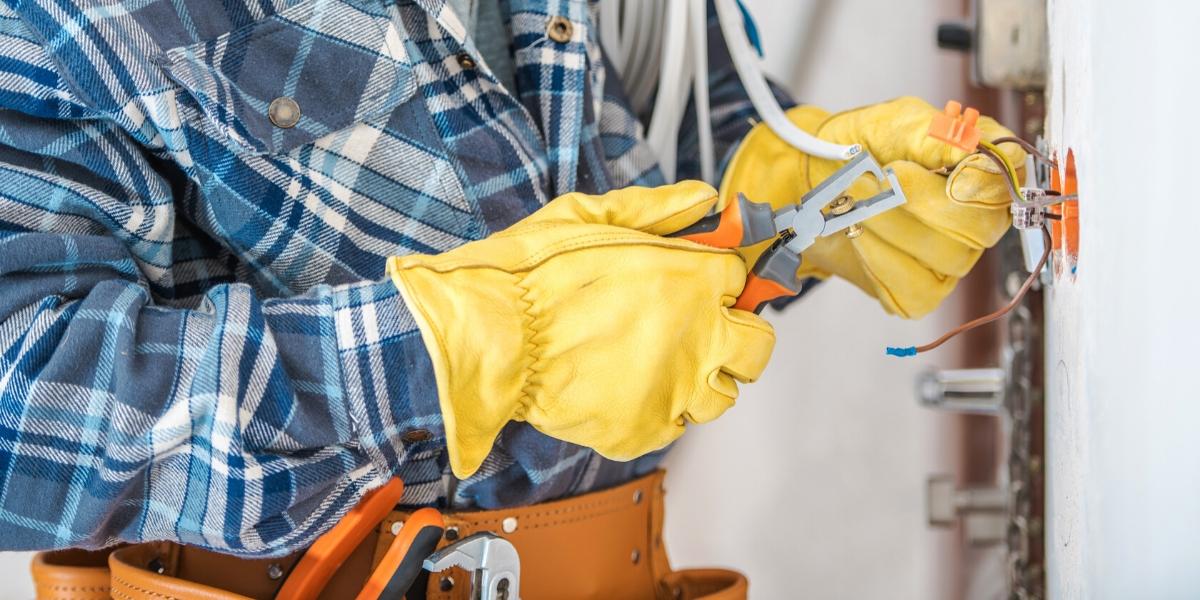

Building & Construction
What Is Punch Work In Construction
Modified: January 3, 2024
Learn what punch work is in building construction and how it plays a crucial role in ensuring the quality and final finishes of a construction project.
(Many of the links in this article redirect to a specific reviewed product. Your purchase of these products through affiliate links helps to generate commission for Storables.com, at no extra cost. Learn more)
Introduction
Punch work, also known as punch list work or snagging, is a critical phase in the construction process that ensures the final touches are completed before a project is considered complete. It involves identifying and addressing any remaining issues, deficiencies, or discrepancies in a construction project. Punch work plays a crucial role in delivering a high-quality finished product that meets the client’s expectations and complies with building codes and regulations.
During the construction process, various trades and tasks are performed, such as electrical, plumbing, painting, flooring, and carpentry. Despite the best efforts of construction teams, it is common for minor issues or defects to arise during the course of the project. These issues could range from aesthetic imperfections, such as a paint touch-up or a loose cabinet handle, to functional concerns, such as a faulty electrical outlet or a leaking faucet.
The purpose of punch work is to identify and rectify these issues, ensuring that the project is completed to the highest standards of quality and safety. It is a crucial step in the construction process that guarantees client satisfaction and helps to avoid costly callbacks or warranty claims.
While punch work is typically carried out towards the end of a construction project, it should be an ongoing process throughout the duration of the project. Regular inspections and open communication between contractors, subcontractors, and the project team are essential to address any emerging issues promptly.
In the next sections, we will delve into the definition of punch work, its importance in construction, the process and procedure involved, and the tools and equipment commonly used. We will also highlight some of the common issues and challenges associated with punch work, as well as provide tips for executing punch work effectively. Lastly, we will explore the benefits of efficient punch work and its impact on the overall success of a construction project.
Key Takeaways:
- Efficient punch work is crucial for client satisfaction, quality assurance, and compliance with building codes. It minimizes callbacks, saves time and costs, and enhances the reputation of construction companies.
- Thorough planning, clear communication, and attention to detail are essential for successful punch work execution. It leads to satisfied clients, improved project outcomes, and a competitive edge in the construction industry.
Read more: What Is A Punch List In Construction
Definition of Punch Work
Punch work refers to the process of identifying and addressing any remaining issues, defects, or deficiencies in a construction project before it is considered complete. It involves creating a punch list, which is a comprehensive checklist of tasks that need to be completed or corrected. These tasks could include anything from minor cosmetic touch-ups, such as paint touch-ups or caulking, to more significant repairs or adjustments in the project’s systems or functionality.
The punch list is typically compiled through a collaborative effort between the contractor, subcontractors, and the project team. It serves as a roadmap that outlines the remaining work required to achieve the desired level of quality and conformity to building codes and regulations.
In larger construction projects, multiple punch lists may be created, focusing on specific areas or trades, such as electrical, plumbing, or finishes. This helps to ensure that no aspect of the project is overlooked and that all stakeholders are aware of the outstanding tasks that need to be addressed.
The key objective of punch work is to achieve a finished product that meets the client’s expectations and adheres to the specified standards of quality and safety. It involves a meticulous inspection of the project to identify any deficiencies or discrepancies that may have been missed during the construction process.
Once the punch list is compiled, the responsible parties, including the contractor, subcontractors, and project team, work together to complete the remaining tasks. This may involve scheduling follow-up visits, coordinating with various trades, and ensuring that all the necessary materials and equipment are available to address the identified issues effectively.
Upon completion of the punch work, a final inspection is typically conducted to ensure that all the items listed on the punch list have been resolved satisfactorily. This inspection serves as the final step of the construction process, signifying that the project is now considered complete and ready for occupancy or delivery to the client.
By addressing these outstanding issues, punch work ensures that the project is delivered with the highest level of quality and craftsmanship. It helps to maintain the reputation and credibility of the construction company, enhances client satisfaction, and minimizes the risk of future claims or callbacks.
Importance of Punch Work in Construction
Punch work plays a vital role in the construction industry, serving as a critical phase that ensures the delivery of a high-quality and defect-free finished product. Here are some key reasons highlighting the importance of punch work in construction:
- Quality Assurance: Punch work acts as a quality assurance mechanism, ensuring that all aspects of the construction project meet the desired level of quality. By systematically addressing any remaining issues or deficiencies, it helps to eliminate potential safety hazards, functional problems, or aesthetic imperfections that could compromise the overall quality of the project.
- Client Satisfaction: Completing punch work demonstrates a commitment to customer satisfaction. By carefully inspecting and rectifying any outstanding issues, construction professionals can ensure that the final product meets or exceeds the client’s expectations. This attention to detail helps to enhance the reputation and credibility of the construction company, leading to increased client satisfaction and potential referrals.
- Compliance with Building Codes and Regulations: Punch work ensures that the construction project complies with local building codes and regulations. By addressing any non-compliant elements or deficiencies, it helps to avoid costly penalties, delays, or legal issues that may arise from failing to meet the required standards.
- Minimizing Callbacks and Warranty Claims: Thorough punch work helps to minimize the need for callbacks or warranty claims by addressing any issues before the project’s completion. By identifying and rectifying potential problems early on, construction professionals can mitigate the risk of future defects, saving time and resources in the long run.
- Project Completion and Handover: Punch work is an essential step in the project completion and handover process. By ensuring that all outstanding tasks are completed, it allows for a smooth transition from the construction phase to the occupancy or delivery of the project. It signifies that the project is ready for use and meets the necessary standards for occupancy or acceptance by the client.
To summarize, punch work is crucial for maintaining high-quality construction standards, meeting client expectations, and ensuring compliance with building codes and regulations. It serves as a final quality check to identify and rectify any remaining issues or deficiencies, promoting client satisfaction and minimizing future risks. Incorporating effective punch work practices not only enhances the reputation of the construction company but also establishes a foundation for continued success in the industry.
Process and Procedure of Punch Work
The process of punch work involves several steps to identify, address, and resolve any remaining issues or deficiencies in a construction project. While the specific procedure may vary depending on the project and the stakeholders involved, the following general steps outline the typical process of punch work:
- Punch List Creation: The first step in the punch work process is the creation of a punch list. This involves a comprehensive inspection of the project, typically carried out by the contractor, subcontractors, and the project team. The purpose of the inspection is to identify any outstanding tasks or issues that need to be addressed before the project can be considered complete.
- Prioritization and Categorization: Once the punch list is compiled, the identified issues are prioritized based on their severity and impact on the project’s functionality or aesthetics. They may also be categorized by trade or area of the project, making it easier to allocate resources and coordinate with the relevant subcontractors or tradespeople.
- Coordination and Scheduling: The next step is to coordinate with the subcontractors or tradespeople responsible for addressing the identified issues. This may involve scheduling follow-up visits or allocating specific time slots for each task. Open communication among all stakeholders is crucial to ensure a smooth and efficient execution of the punch work.
- Execution and Completion: As per the scheduled plan, the responsible parties carry out the necessary work to rectify the items listed in the punch list. This may include repairs, adjustments, replacements, or installations to address the identified deficiencies. Close attention to detail is crucial to ensure that all issues are resolved to the required standards.
- Verification and Re-Inspection: Once the punch work is deemed complete, a verification or re-inspection is typically conducted to validate that all the listed items have been addressed satisfactorily. This inspection may involve multiple parties, including the contractor, subcontractors, and the project team, to ensure that the project now meets the desired level of quality and functionality.
- Final Sign-off: After the successful verification of the punch work, the construction project is considered complete. The responsible parties, including the client and the contractor, formally sign off on the completion of the punch work, indicating that the project is ready for occupancy or delivery. This marks the end of the construction process, ensuring that all identified issues have been resolved to the satisfaction of the stakeholders involved.
It is important to note that effective punch work requires proper documentation and record-keeping. This includes maintaining a detailed punch list, capturing photographic evidence of the identified issues, and documenting the completion of each task. These records serve as a reference and provide transparency throughout the punch work process.
By following a systematic approach and diligently executing the punch work process, construction professionals can ensure the timely and successful completion of any outstanding tasks, guaranteeing a high-quality finished product that meets the client’s expectations.
Tools and Equipment Used for Punch Work
Punch work requires the use of various tools and equipment to effectively identify and address the issues listed in the punch list. The specific tools and equipment needed may vary depending on the nature of the construction project and the types of tasks involved. Here are some commonly used tools and equipment for punch work:
- Punch List Software: Punch list software is commonly used to create and manage the punch list digitally. This software allows for easy collaboration, task assignment, and tracking of the progress of each item listed in the punch list. It ensures efficient communication among all parties involved in the punch work process.
- Measuring Tape: A measuring tape is essential for taking accurate measurements of spaces, dimensions, and distances. It helps in ensuring that replacements, installations, or adjustments are done precisely according to the required specifications.
- Levels: Levels are used to check and ensure that surfaces, objects, or installations are perfectly horizontal or vertical. This is crucial for maintaining the aesthetic appeal and functionality of the project.
- Flashlight: A flashlight is necessary for inspecting areas with limited or poor lighting conditions. It helps to identify hidden or hard-to-reach issues that may have been missed during the initial construction process.
- Hand Tools: Various hand tools, such as screwdrivers, pliers, adjustable wrenches, and utility knives, are commonly used for punch work. These tools are essential for repairing, replacing, or adjusting smaller components or fixtures.
- Power Tools: Depending on the nature of the tasks involved, power tools like drills, drivers, saws, and sanders may be required for more significant repairs or installations. These tools help to expedite the punch work process and ensure accuracy and efficiency.
- Paint Touch-Up Kit: A paint touch-up kit, including brushes, rollers, paint cans, and matching paint colors, is crucial for addressing any cosmetic issues, such as chipped or damaged paint surfaces.
- Caulking Gun: A caulking gun is used for applying caulk or sealant to fill gaps or cracks in jointed surfaces, ensuring a smooth and uniform finish.
- Testing Equipment: Testing equipment, such as electrical testers, moisture meters, or thermal cameras, may be necessary to accurately identify and diagnose functional issues or hidden defects.
- Cleaning Supplies: Cleaning supplies, including cleaning solutions, brushes, and cloths, are essential for removing dirt, debris, or residue from surfaces and fixtures after repairs or adjustments.
It is crucial to ensure that all tools and equipment used for punch work are in good working condition and properly calibrated. This will help to maintain efficiency, accuracy, and safety during the punch work process.
By using the appropriate tools and equipment, construction professionals can effectively tackle the tasks listed in the punch list, addressing any outstanding issues or deficiencies to achieve a high-quality and flawless finished product.
Punch work in construction refers to the final touches and corrections made to a project before it is considered complete. It involves fixing any remaining issues, such as paint touch-ups, minor repairs, and ensuring all systems are functioning properly.
Read more: What Are MEP Works In Construction
Common Issues and Challenges in Punch Work
Punch work, while essential for completing a construction project to the desired standards of quality, can present various challenges and issues that need to be addressed effectively. Here are some common challenges that construction professionals may encounter during the punch work process:
- Coordination and Scheduling: Coordinating and scheduling the punch work can be challenging, particularly in larger projects involving multiple subcontractors and trades. Ensuring that all parties involved are available and allocated the necessary time and resources can be a logistical challenge.
- Documentation and Communication: Maintaining accurate and detailed documentation throughout the punch work process is crucial but can be challenging. This includes documenting the issues identified, the tasks assigned, and the progress and completion of each task. Effective communication among all stakeholders is also essential to ensure clarity and transparency.
- Scope Creep: During the punch work phase, there is a risk of the scope expanding beyond the original punch list. Additional issues or concerns may arise, and it becomes crucial to determine whether these should be part of the punch work or addressed separately. Managing scope creep requires clear communication and decision-making to avoid delays or disputes.
- Resource Allocation: Assigning the right resources, such as skilled labor and equipment, to address the identified issues can be a challenge. Balancing multiple tasks and priorities while ensuring that the necessary resources are available can require efficient resource planning and allocation.
- Time Constraints: The timeframe for completing punch work can be limited, particularly when the project has strict deadlines. Construction professionals must work efficiently to address all punch list items within the specified timeframe without compromising quality.
- Access Limitations: Access limitations to certain areas of the project can make it challenging to address specific issues. These limitations may be due to safety concerns, ongoing work in adjacent areas, or lack of adequate equipment. Creative problem-solving and coordination are required to overcome these access limitations.
- Hidden or Latent Issues: Some issues may remain hidden or become apparent only during the punch work process. These hidden or latent issues can pose additional challenges as they require time and resources to diagnose and address effectively. Experienced professionals and thorough inspections are essential in identifying and rectifying such issues.
- Client Expectations: Meeting client expectations during the punch work phase can be challenging, particularly if there are differing interpretations of the desired outcome. Effective communication and regular updates with the client are crucial to ensure alignment and address any concerns or modifications to the original expectations.
Overcoming these challenges requires careful planning, effective communication, and experienced professionals who can anticipate and address potential issues. By proactively managing these challenges, construction professionals can ensure that the punch work is carried out efficiently and effectively, leading to a successful project completion.
Tips for Effective Punch Work Execution
Executing punch work efficiently and effectively is crucial for completing a construction project to the desired standards of quality. Here are some useful tips to ensure a smooth and successful punch work process:
- Thorough Planning: Before starting the punch work, review the project plans, specifications, and the original punch list. Familiarize yourself with the details and prioritize the tasks based on their impact and significance.
- Clear Communication: Maintain open lines of communication with all stakeholders, including subcontractors, tradespeople, and the project team. Clearly communicate the scope of work, expectations, and deadlines to ensure everyone is aware of their responsibilities and can coordinate effectively.
- Regular Inspections: Conduct regular inspections throughout the construction process to identify any issues or deficiencies early on. This helps to prevent the accumulation of a large punch list and allows for prompt resolution of emerging problems.
- Organized Documentation: Keep detailed and organized documentation of the punch work process. This includes maintaining a well-structured punch list, recording completion dates of each task, and capturing photographic evidence before and after addressing each item on the list.
- Prioritize Safety: Safety should be a top priority during punch work. Ensure that all inspectors and workers follow proper safety protocols to minimize the risk of accidents or injuries. Use appropriate personal protective equipment (PPE) and take necessary precautions when accessing confined spaces or working at heights.
- Effective Resource Allocation: Allocate resources strategically to minimize delays and maximize productivity. Ensure that skilled labor, tools, and materials are readily available when needed to complete the punch work efficiently.
- Attention to Detail: Pay close attention to every detail, no matter how small. Focus on achieving a high level of craftsmanship and quality in every task. Double-check completed work to ensure it meets the required standards before moving on to the next task.
- Adaptability: Be prepared to handle unexpected issues or changes that may arise during the punch work process. Have contingency plans in place and collaborate with stakeholders to address any challenges that may arise efficiently.
- Closing the Loop: Once all the punch work is completed, conduct final inspections to verify that all items on the punch list have been resolved to the satisfaction of all parties involved. This helps to ensure the project’s successful handover and completion.
- Client Walkthrough: When appropriate, invite the client for a walkthrough before officially closing out the project. This allows the client to inspect the completed punch work and address any remaining concerns or questions directly.
By following these tips, construction professionals can enhance the efficiency and effectiveness of punch work execution. This results in a successful completion of the project, satisfied clients, and a strong reputation in the construction industry.
Benefits of Efficient Punch Work
Efficient punch work is essential for the successful completion of a construction project. It offers numerous benefits that contribute to overall client satisfaction and the reputation of the construction company. Here are some key advantages of executing punch work efficiently:
- Client Satisfaction: Efficient punch work ensures that the project meets or exceeds the client’s expectations. By addressing all outstanding issues and deficiencies, construction professionals demonstrate their commitment to delivering a high-quality finished product. This leads to increased client satisfaction and fosters long-term relationships.
- Quality Assurance: Efficient punch work is a crucial part of quality assurance in the construction industry. By systematically identifying and resolving any issues or deficiencies, construction professionals ensure that the project meets the required standards of quality and safety. This helps to enhance the reputation and credibility of the construction company.
- Time and Cost Savings: Addressing punch list items efficiently minimizes project delays and potential cost overruns. By promptly resolving outstanding issues, construction professionals can avoid costly callbacks, warranty claims, or rework that may arise if problems are left unaddressed. Efficient punch work keeps the project on schedule and within budget.
- Compliance with Building Codes and Regulations: Efficient punch work ensures that the construction project complies with local building codes and regulations. By addressing any non-compliant elements or deficiencies, construction professionals minimize the risk of penalties, legal issues, or delays due to non-compliance. This promotes a safe and legally compliant project.
- Enhanced Project Reputation: Efficient punch work contributes to a positive project reputation. A well-executed punch work process showcases attention to detail, professionalism, and commitment to quality. This enhances the reputation of the construction company and increases the likelihood of future project opportunities.
- Reduced Callbacks and Warranty Claims: Thorough punch work execution minimizes the need for callbacks or warranty claims. By proactively addressing and resolving outstanding issues, construction professionals mitigate the risk of future defects or client dissatisfaction. This not only saves time and resources but also strengthens trust and confidence in the construction company’s workmanship.
- Smooth Project Handover: Efficient punch work is a critical step in the project handover process. By ensuring that all punch list items are completed, construction professionals facilitate a smooth transition from the construction phase to the occupancy or delivery of the project. This signifies that the project is ready for use and meets the necessary standards for acceptance by the client.
By valuing and prioritizing efficient punch work, construction professionals can reap these benefits, resulting in satisfied clients, improved project outcomes, and a competitive edge in the construction industry.
Conclusion
Punch work is a critical phase in the construction process that ensures the completion of a project to the desired standard of quality. It involves identifying and correcting any remaining issues, deficiencies, or discrepancies before the project is considered finished. Efficient punch work execution is essential for client satisfaction, maintaining the reputation of the construction company, and minimizing future risks.
Throughout the punch work process, thorough planning, clear communication, and regular inspections are crucial. Effective documentation and coordination help in addressing the identified issues promptly and ensuring that the necessary resources are allocated efficiently. Attention to detail, adaptability, and a focus on safety are key factors in executing punch work successfully.
Efficient punch work brings multiple benefits, including client satisfaction, improved quality assurance, time and cost savings, compliance with regulations, enhanced reputation, reduced callbacks and warranty claims, and a smooth project handover. By valuing and prioritizing efficient punch work, construction professionals can deliver high-quality projects, exceed client expectations, and build long-term relationships.
In conclusion, punch work is a necessary and valuable phase in the construction process. By consistently executing punch work effectively, the construction industry can ensure the successful completion of projects that stand as a testament to craftsmanship, quality, and client satisfaction.
Frequently Asked Questions about What Is Punch Work In Construction
Was this page helpful?
At Storables.com, we guarantee accurate and reliable information. Our content, validated by Expert Board Contributors, is crafted following stringent Editorial Policies. We're committed to providing you with well-researched, expert-backed insights for all your informational needs.
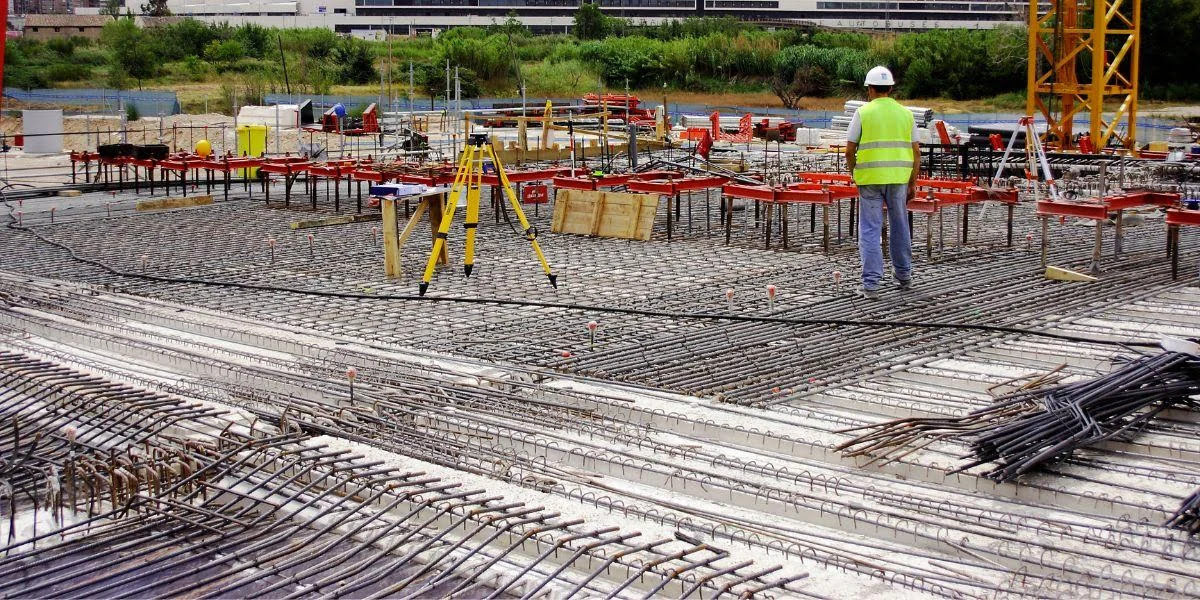

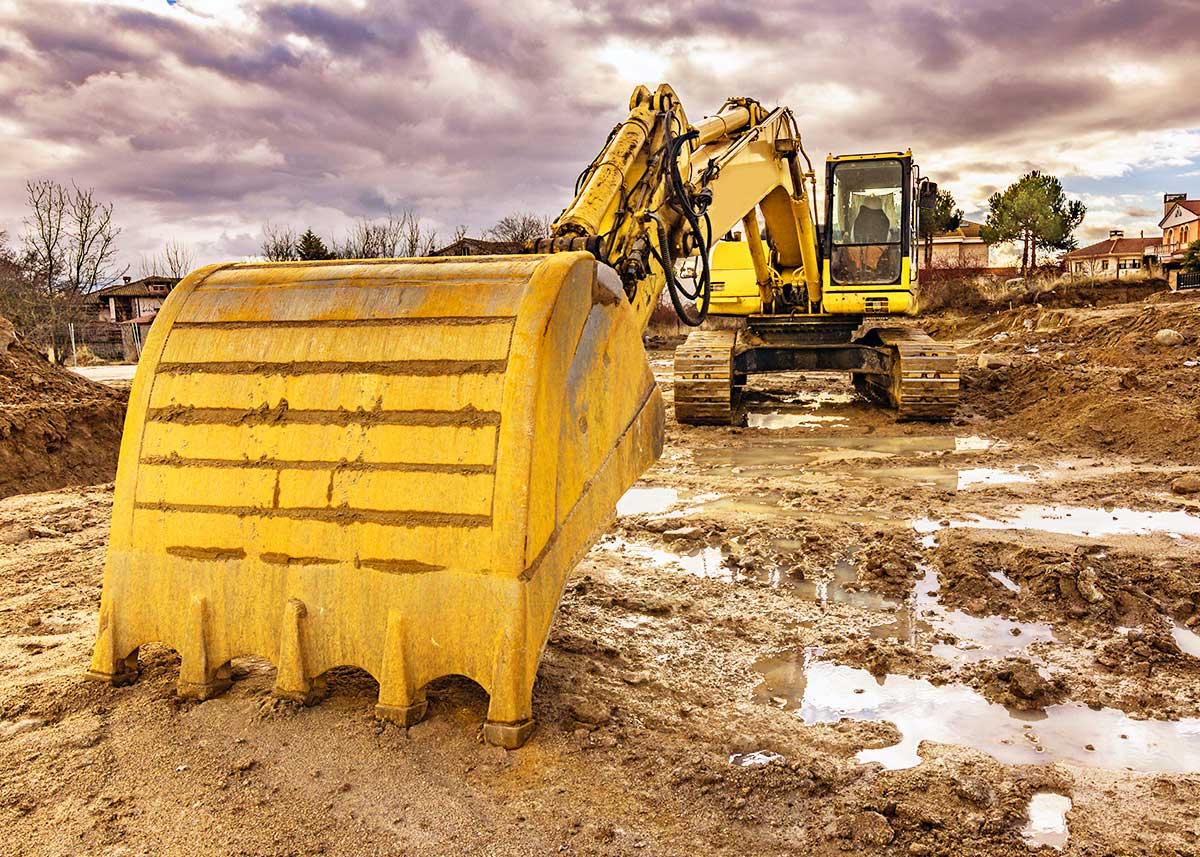
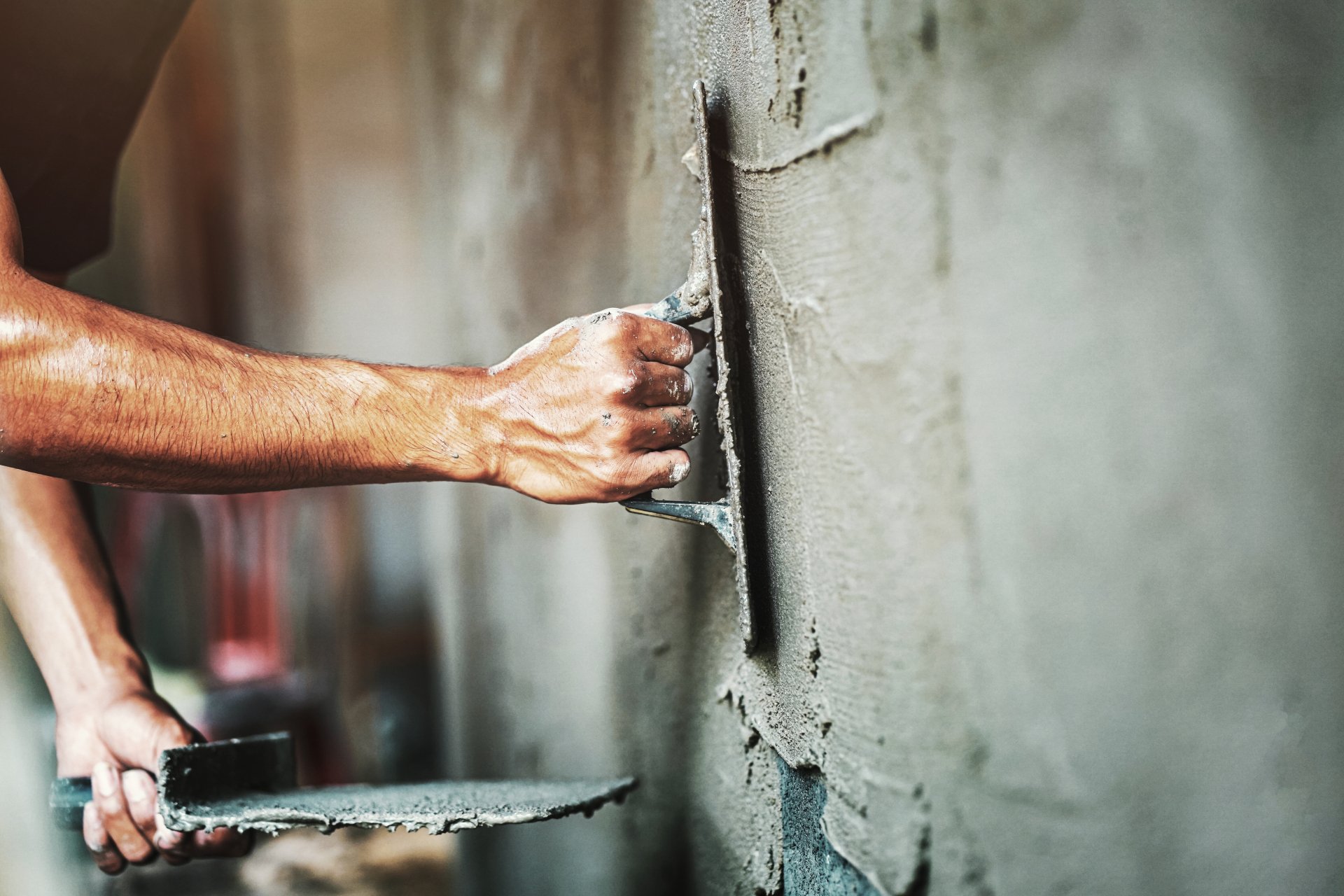
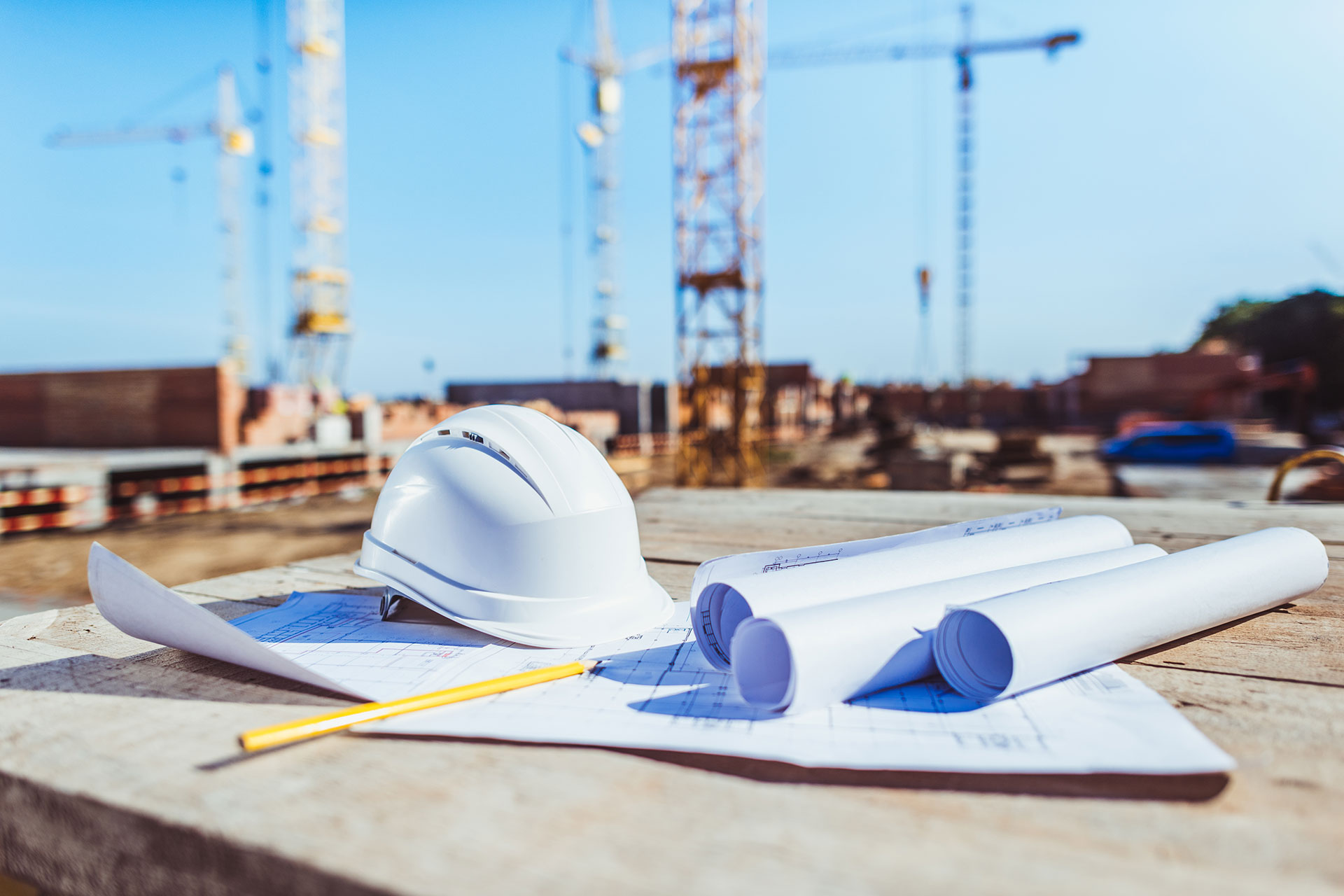

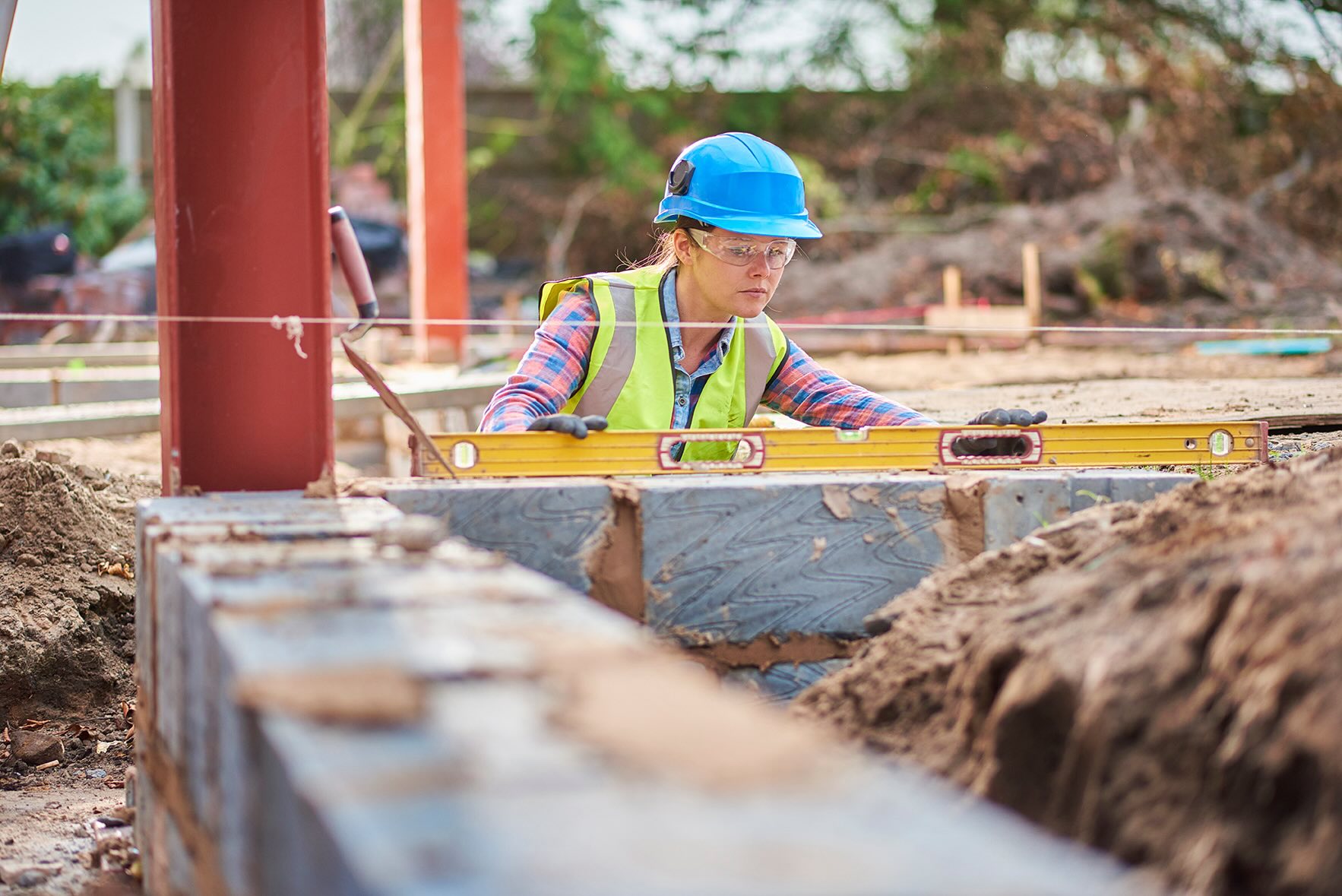

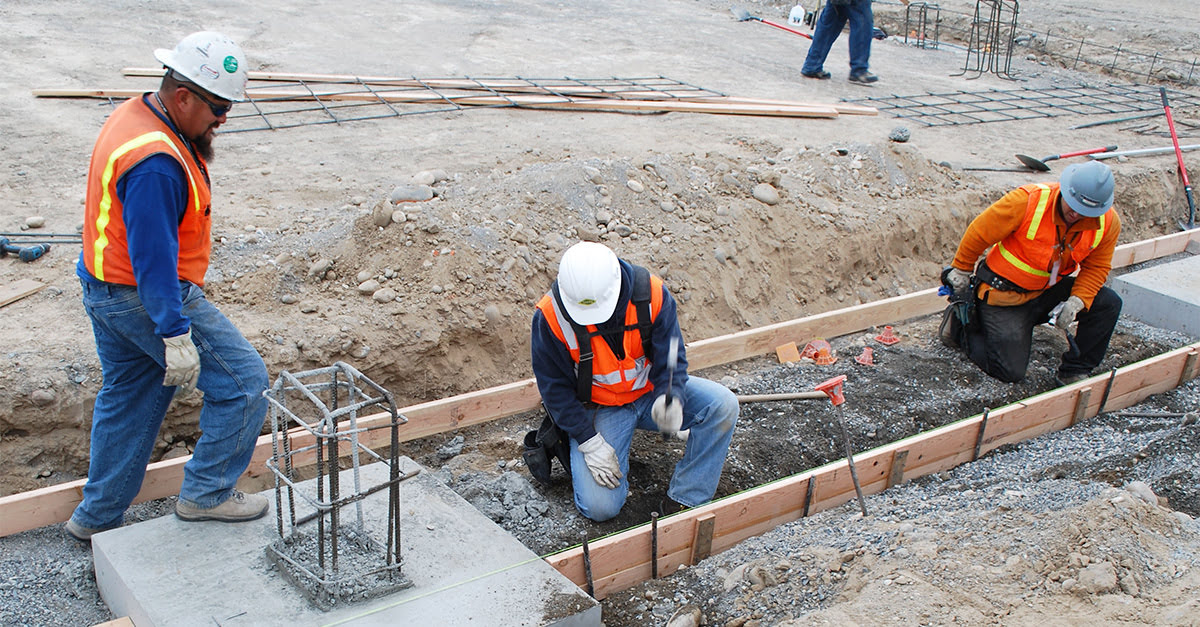
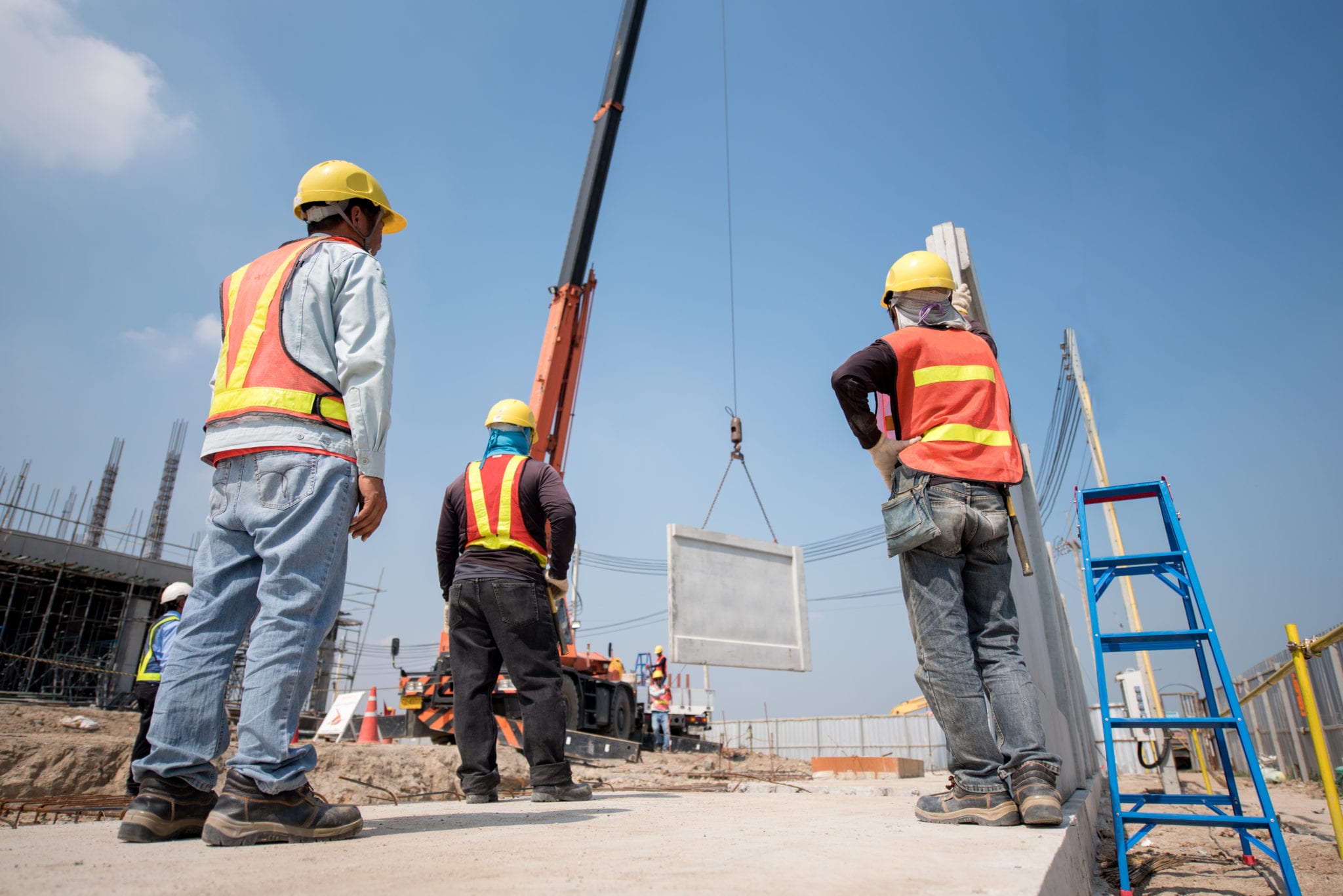
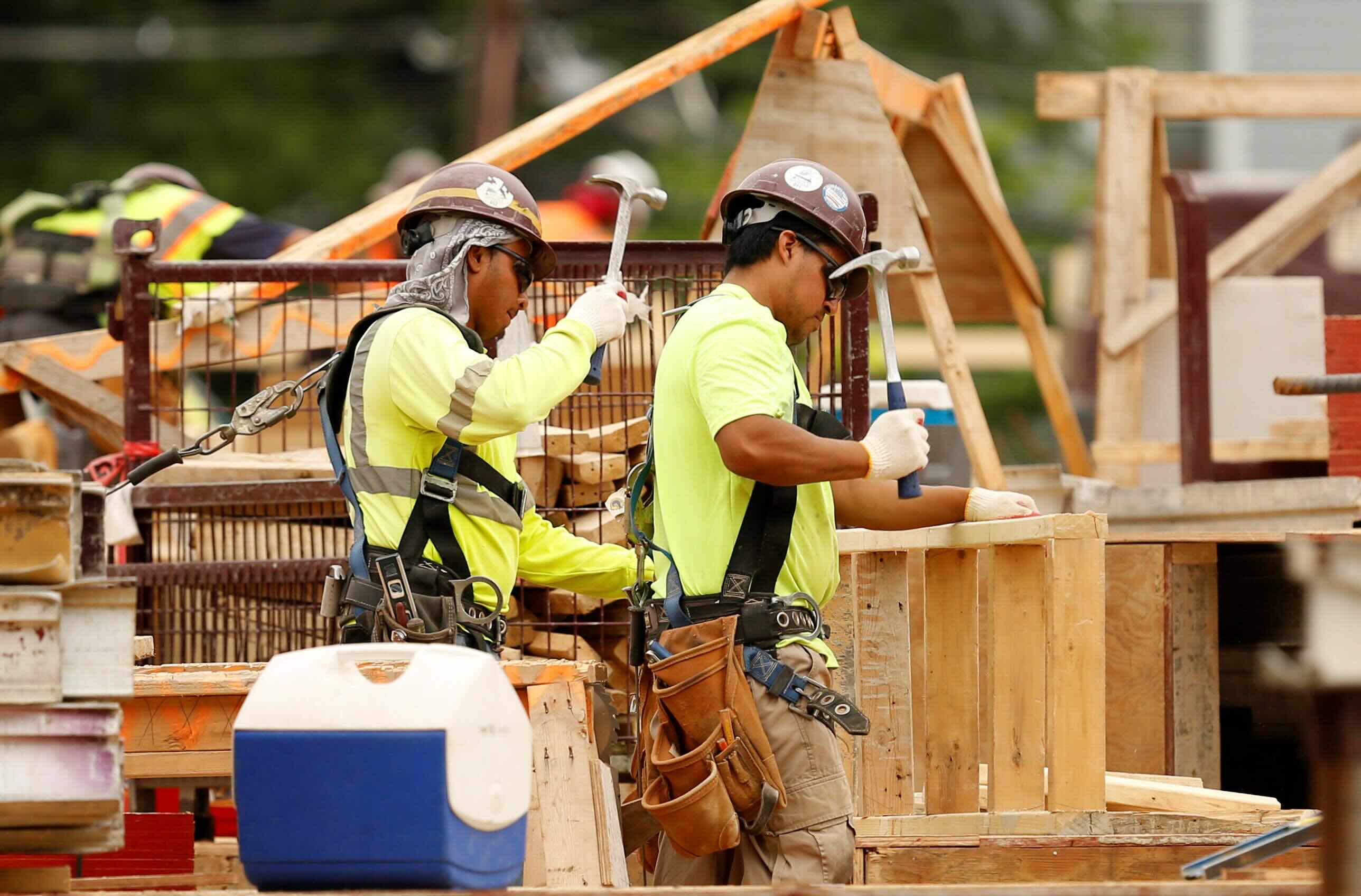




0 thoughts on “What Is Punch Work In Construction”